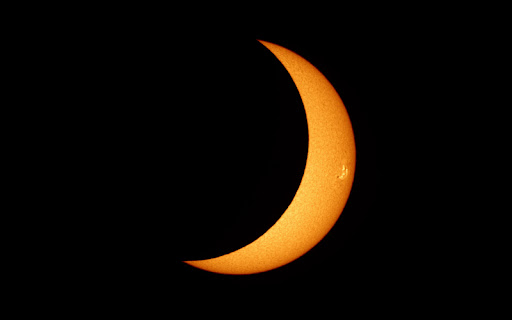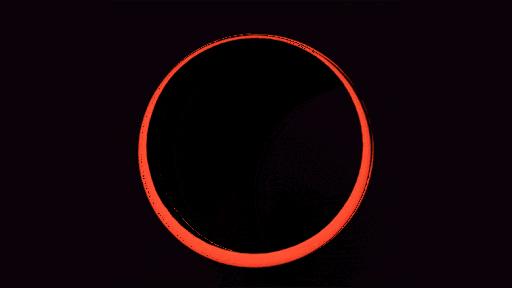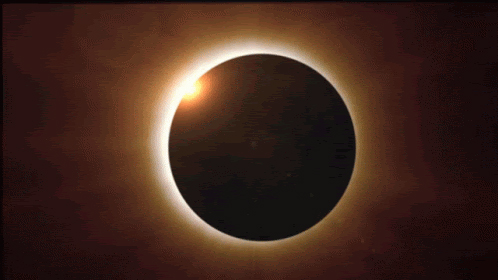Welcome to Southwest Research Institute’s Eclipse Knowledgebase!
San Antonio has witnessed only a handful of total and annular solar eclipses over the centuries, along with several partial eclipses. One of those rare total eclipses occurred on April 8, 2024, which inspired the creation of this site. Just months earlier, on October 14, 2023, the city experienced an annular eclipse—often called the “Ring of Fire.”
Solar Eclipses over San Antonio
Partial Eclipse
(Includes eclipses visible here as partial even if annular or total elsewhere.)
August 21, 2017
January 26, 2028
January 14, 2029
Partial eclipses happen with greater frequency, so this list is kept short
Annular Eclipse
(“Ring of Fire” eclipses where the Moon does not completely cover the Sun.)
February 16, 1673
January 27, 1683
March 1, 1737
February 12, 1831
November 22, 1919
April 7, 1940
October 14, 2023
January 26, 2028 (also listed as partial)
Total Eclipse
July 1, 1079
July 11, 1097
January 21, 1395
May 26, 1397
April 8, 2024
2200+
Total solar eclipses are extremely rare, occurring about every 375 years at any location. After 2024, San Antonio will not see another full totality until after 2200.
The next eclipse to be seen over the US is on August 23, 2044, though San Antonio will not be in the path.
Difference Between Partial, Annular, and Total Eclipses
Partial Solar eclipse
- Only part of the Sun is blocked by the Moon
- This is what you see from the penumbra
Annular Solar Eclipse
- Occurs when the Moon is further away from the Earth in its orbit
- This is what you see from the penumbra
Total Solar Eclipse
- Occurs when the Moon is closer to the Earth in its orbit
- This is what you see from the umbra

Eclipse Safety
Don’t have a pair of Eclipse Glasses?
You can still experience the eclipse!
As the Moon begins to block the Sun, the light through the pinhole(s) will begin to take a crescent shape!
Other Eclipse Resources
Find out if you’re in the path of totality or where you need to go to find it!



